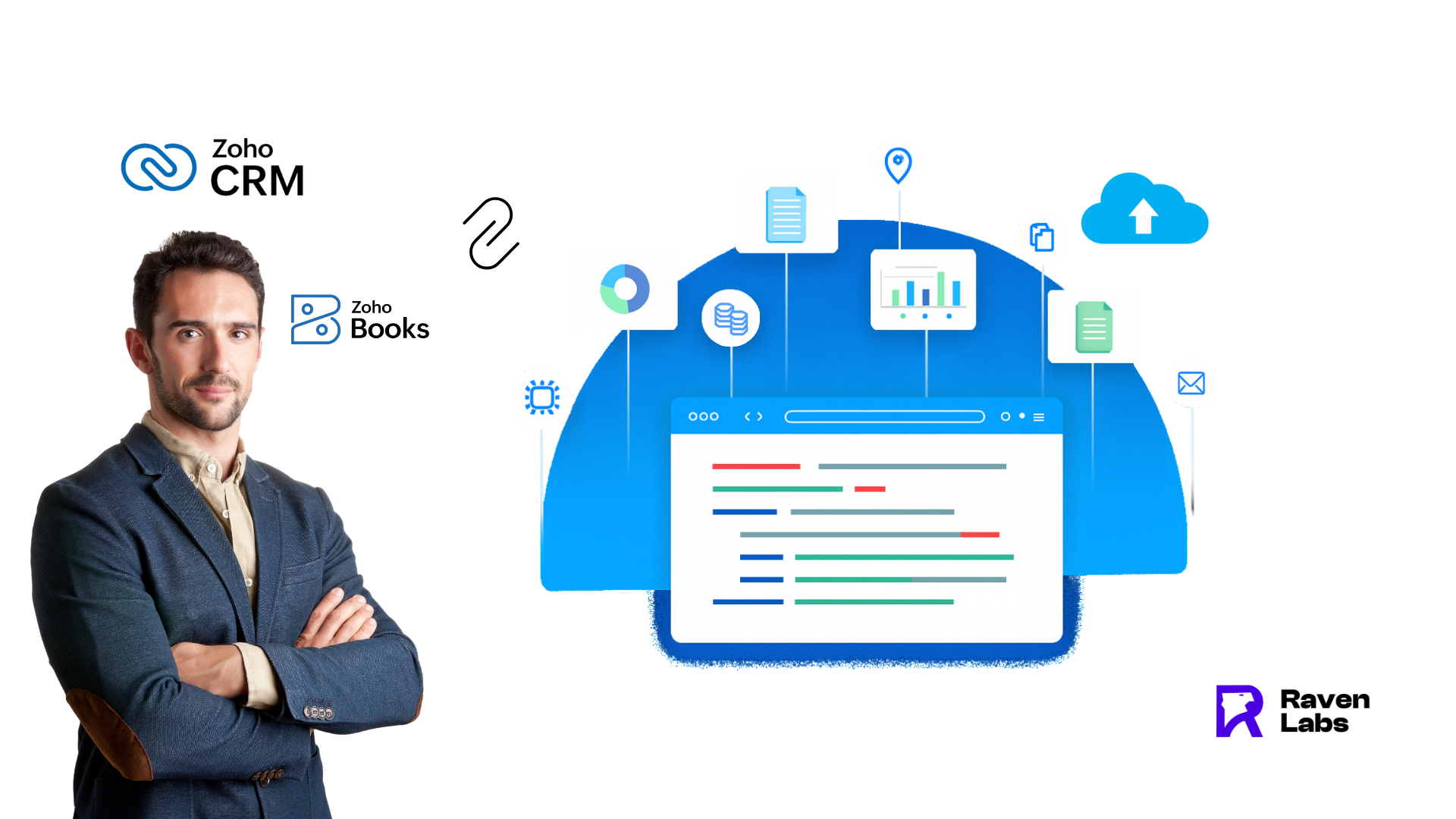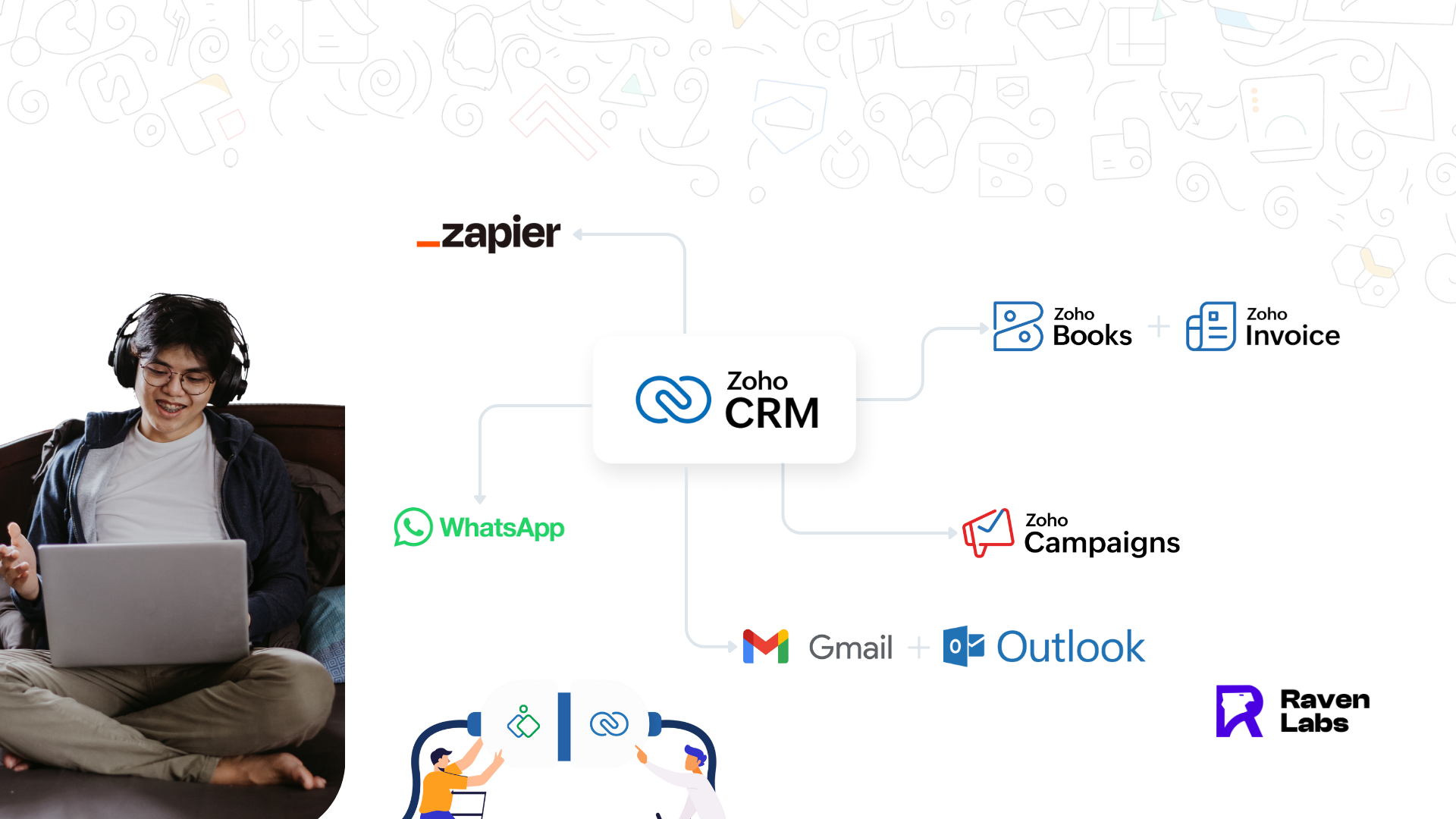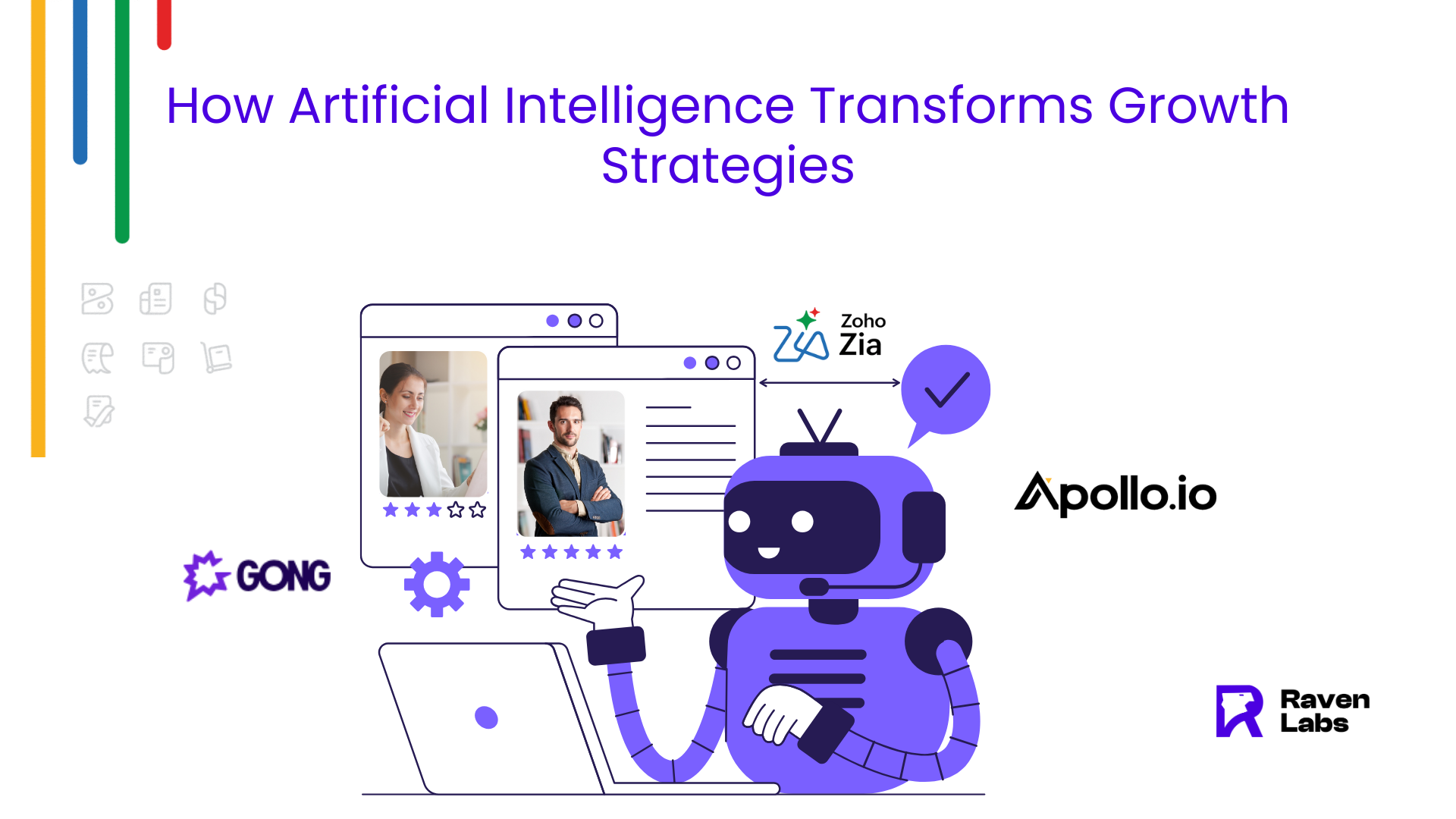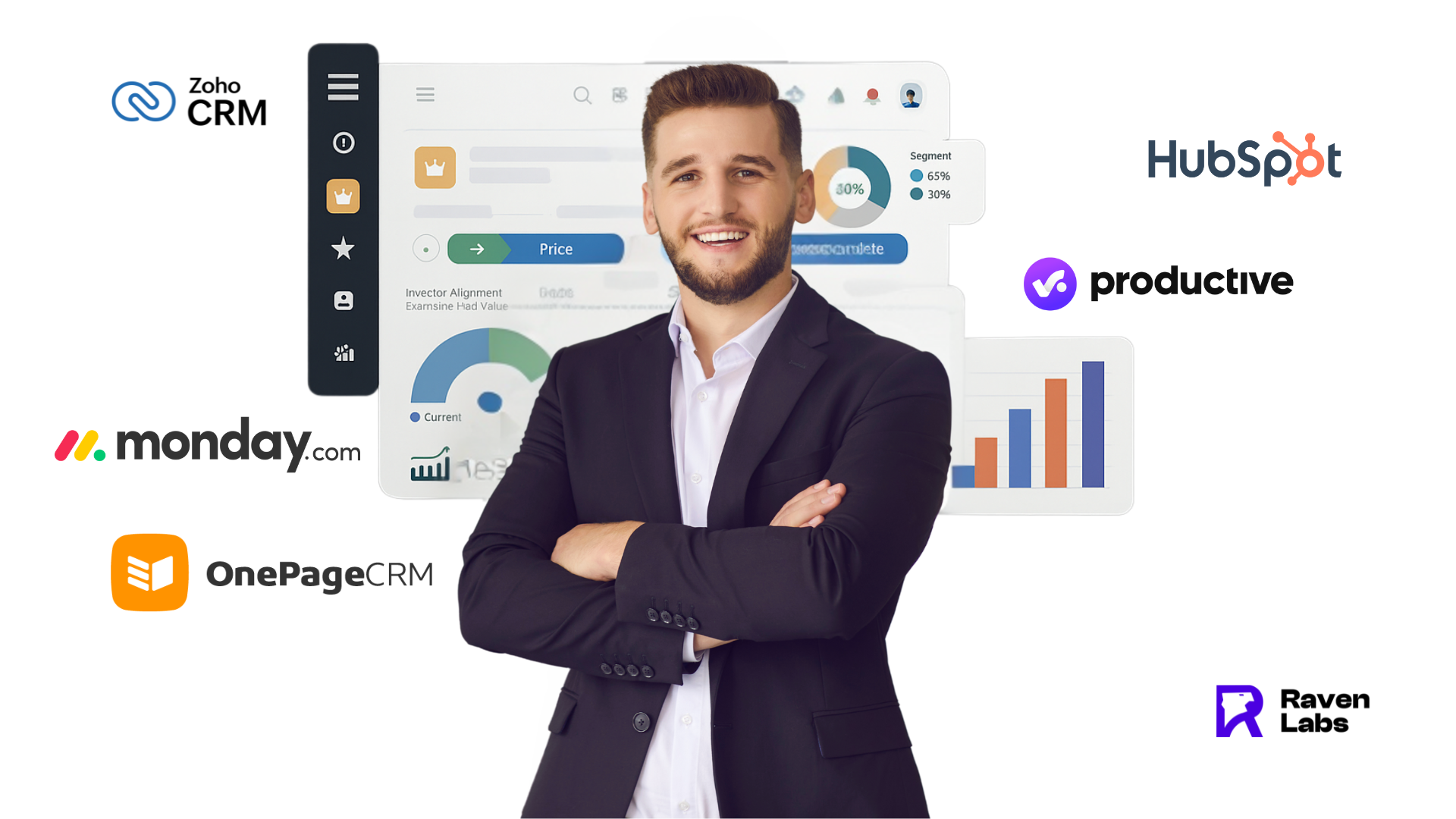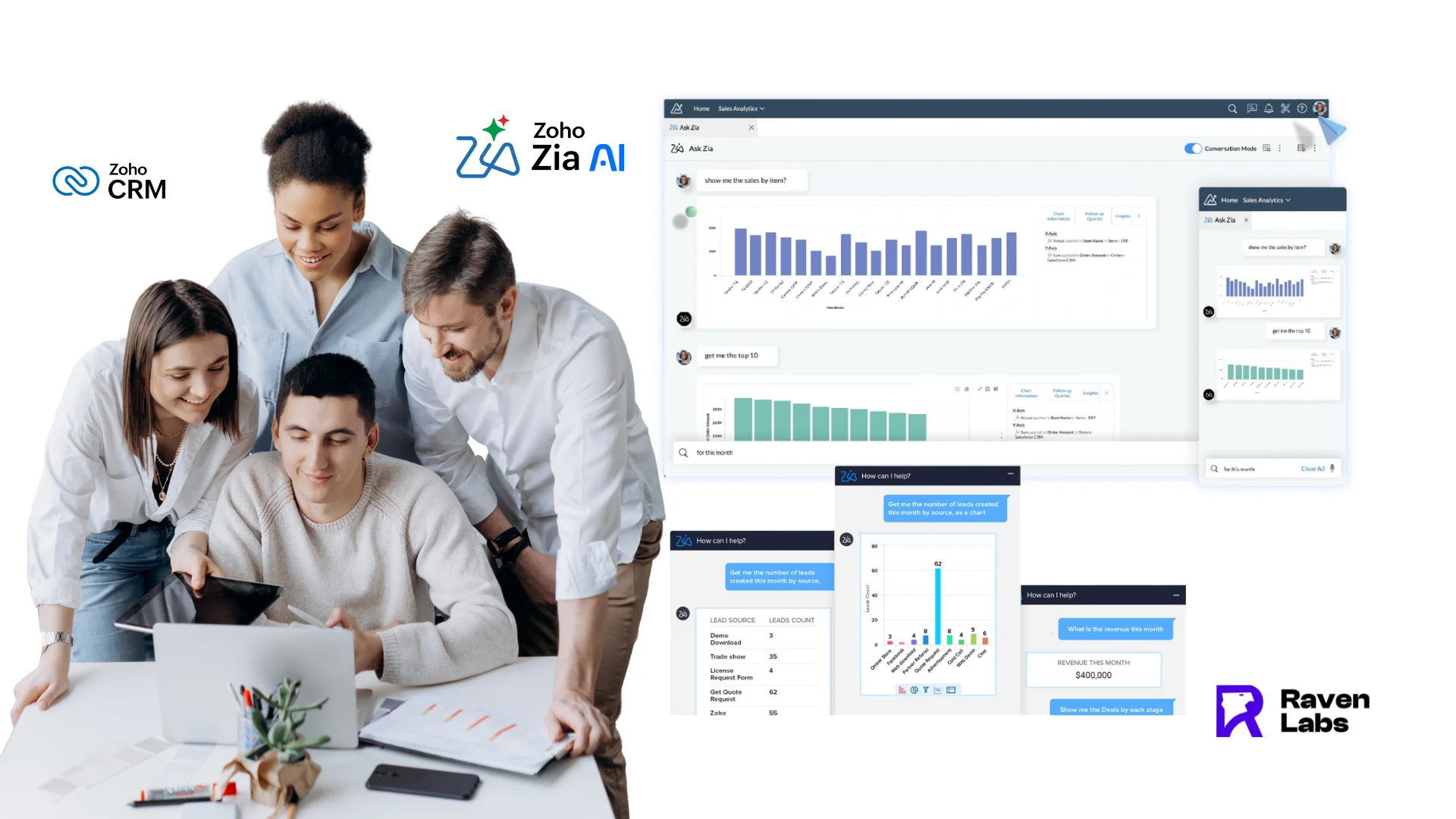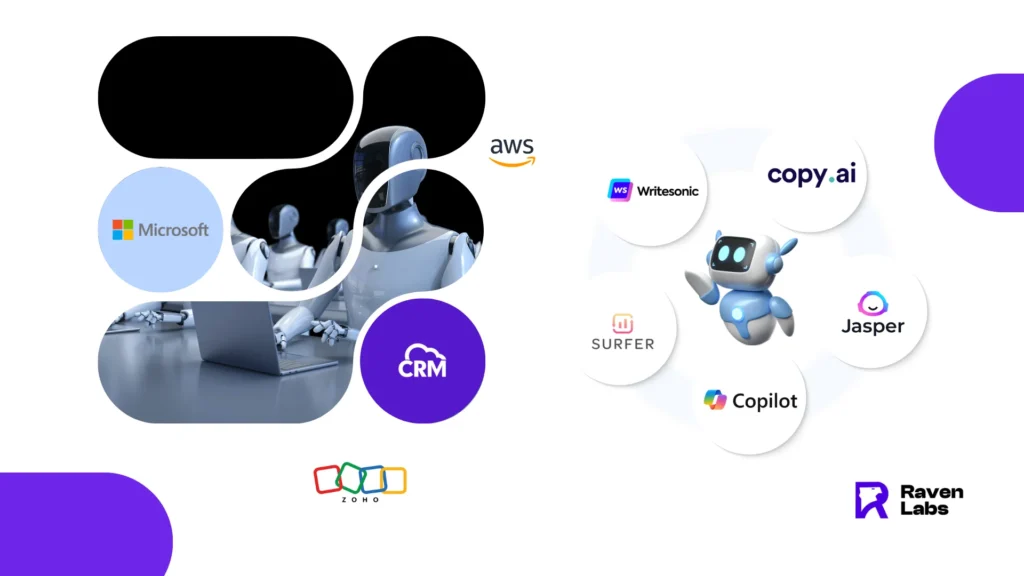
The landscape of automation and workflow processes is rapidly evolving with the integration of artificial intelligence. MIT research shows companies leveraging AI-powered automation see a 40% improvement in productivity. Organizations still relying on manual processes now struggle to match competitors who have embraced AI automations and advanced technologies.
The numbers paint a compelling picture – IDC expects spending on AI solutions and workflow AI tools to exceed $630 billion by 2028. Our testing and research reveals there’s an AI automation tool ready to tackle almost any productivity challenge. These AI workflow technologies will impact more than 300 million jobs across various industries in the coming years.
This comprehensive guide covers everything you need to know about AI automation tools for business, regardless of your experience level. You’ll discover the most effective workflow automation solutions available today. We’ll explain core concepts and provide practical ways to implement AI processes into your daily operations. The insights here will help you harness the precision and sophistication of automated AI, whether you’re new to these tools or looking to enhance your current systems.
Beginner’s Guide to AI and Automation
The business landscape is evolving rapidly, and AI workflows are reshaping our daily tasks. Many professionals still wonder what these tools do and how they could benefit from them. Let’s break down this technology and explain how it works in simple terms.
What is AI workflow automation?
AI workflow automation combines artificial intelligence and process automation technologies. It handles repetitive tasks with minimal human intervention. While traditional automation follows strict rules, AI workflow tools learn from data patterns, making them significantly more flexible and intelligent.
These systems can understand documents, extract information, make decisions, and complete tasks across multiple platforms. For example, an AI workflow builder can create a process that reads incoming customer emails, categorizes their requests, composes appropriate responses, and schedules follow-ups—all without human intervention.
The fundamental building blocks include:
- Machine learning algorithms that improve over time
- Natural language processing to understand text and speech
- Integration capabilities that connect multiple systems
- Decision-making frameworks that handle exceptions
Why businesses are adopting AI-powered automation tools
Companies of all sizes are implementing AI-powered tools because they deliver tangible business value. Research indicates that organizations using AI automation see up to 40% reduction in processing times for routine tasks, allowing their employees to focus on more strategic work.
AI automations operate consistently where humans might falter. People are prone to errors when processing thousands of transactions daily. However, properly configured AI systems maintain accuracy rates above 95%.
Financial savings are another key driver of adoption. While AI-powered solutions require upfront investment, they generate significant cost savings in the long run. For instance, a manufacturing company reported a 30% reduction in operational costs after implementing AI vision systems for quality control checks.

Common myths about AI automation
Despite its growing adoption, misconceptions about automation and AI persist. The most prevalent myth suggests that these technologies aim to replace humans entirely. In reality, successful AI applications enhance human capabilities and transform roles rather than eliminate jobs.
Another misconception is that artificial intelligence workflow automation requires deep technical expertise. Modern solutions often feature user-friendly interfaces that business users can navigate without coding skills.
Some expect perfect results immediately. However, AI systems require training, fine-tuning, and human oversight to reach their full potential. They improve incrementally through feedback and data collection. Success demands patience and realistic expectations.
Lastly, there’s a myth that AI workflow automation is only viable for large enterprises with substantial budgets. Today’s market offers scalable, cost-effective solutions. Small and medium-sized businesses can boost their productivity without incurring enterprise-level expenses.
Top AI Automation Tools by Use Case
1. Marketing & Content Creation
- Jasper – Industry-leading AI workflow automation platform that revolutionizes content creation by generating high-quality blogs, ads, and marketing copy at enterprise scale. Seamlessly integrates with popular marketing tools to streamline workflows.
- Copy.ai – Advanced AI automation assistant leveraging state-of-the-art language models to rapidly create engaging social media posts and compelling product descriptions with minimal human input.
- SurferSEO – Sophisticated AI and automation solution that optimizes content in real-time using data-driven SEO recommendations and analytics for maximum search visibility.
- Canva Magic Write – Innovative AI-powered text generation tool embedded directly in the design workspace, enabling seamless content creation and design workflow automation.
2. Sales, CRM & Customer Support
- HubSpot AI – End-to-end AI workflow automation platform offering intelligent lead scoring, automated content suggestions, and data-driven email campaign optimization.
- Conversica – Enterprise-grade AI automation solution featuring virtual sales agents that qualify and nurture leads through natural language conversations at scale.
- Clay – Cutting-edge platform combining AI and automation to build enriched prospect lists and execute personalized outreach campaigns automatically.
- Zoho Zia – AI-powered digital assistant enabling comprehensive workflow automation, predictive analytics, and intelligent suggestions within Zoho’s CRM ecosystem.
3. Workflow & Process Automation
- Zapier – Market-leading AI workflow automation platform connecting over 5,000 apps to enable seamless process automation across the entire tech stack.
- Make (formerly Integromat) – Visual AI automation tool for designing and deploying complex multi-step automated workflows with advanced logic and conditions.
- Microsoft Power Automate – Robust enterprise AI and automation solution optimized for Microsoft ecosystem automation with deep integration capabilities.
4. AI Chatbot & Conversational Automation
- Tidio – Unified platform combining live chat with AI chatbot capabilities tailored for SMBs and e-commerce businesses.
- Intercom – Comprehensive solution automating customer messaging, onboarding flows, and support interactions.
- Drift – Advanced conversational marketing platform with AI-powered lead qualification and CRM synchronization.
- Landbot – Intuitive no-code chatbot builder supporting web, WhatsApp, and Messenger automation.
- Zoho SalesIQ Chatbot – Integrated AI chat solution with advanced analytics and CRM connectivity.
- ChatGPT API – Versatile NLP engine enabling sophisticated conversational AI automation.
5. Scheduling & Time Management
- Motion – Next-generation AI-powered platform unifying intelligent task management with automated smart scheduling capabilities.
- Reclaim – Innovative AI automation tool that automatically blocks focus time and dynamically adjusts schedules based on real-time priorities.
- Clockwise – Smart AI workflow automation solution optimizing team calendars and preventing meeting overload through intelligent scheduling.
6. Meetings & Transcription
- Fireflies.ai – Advanced AI automation platform that automatically transcribes, summarizes and analyzes meeting conversations in real-time.
- Otter.ai – Real-time AI-powered transcription service with automatic speaker identification and collaborative meeting notes.
- Fathom – Automated AI meeting assistant that generates comprehensive summaries and seamlessly syncs insights with CRM platforms.
These AI and automation tools represent the cutting edge of workflow automation technology, enabling organizations to streamline operations, boost productivity and reduce manual effort across key business functions. Strategic implementation of these AI automation solutions can drive significant efficiency gains while maintaining consistent quality and output. The key is selecting the right combination of tools that align with specific business needs and existing technology infrastructure. By leveraging these powerful AI workflow automation capabilities, companies can accelerate digital transformation initiatives and gain competitive advantages through increased operational efficiency.
7. Raven Labs’ AI Integration Services
| Service | Impact |
| Process Automation | A financial services firm automated internal approvals and cut turnaround time by 60%. |
| AI Chatbot & IoT Integration | A manufacturing client used chatbot + IoT to monitor equipment health and reduced breakdowns by 40%. |
| Data Lake Solutions | A retail chain centralized 5 years of siloed customer data, enabling real-time purchase behavior analysis. |
| AI Simulations & ML | A logistics company reduced route planning time by 70% using AI-driven simulations. |
| AI Training & Consulting | An SME trained 15 staff and deployed AI in 3 core departments within 90 days with Raven Labs’ help. |
From Manual to Automated: Building Your AI Workflow
Transitioning from manual processes to AI workflow automation requires careful planning. Companies that successfully implement AI report they can process routine tasks 40% faster, enabling their employees to focus on more strategic work.
Identifying repetitive tasks
Building your ecosystem of AI automation tools starts with identifying tasks that drain your team’s resources. Your team should look for processes with predictable patterns, standardized formatting requirements, or heavy manual input. Research indicates that 20% of processes consume 80% of team time. These time-consuming, low-creativity tasks are prime candidates for artificial intelligence workflow automation.
Mapping your current workflow
After identifying potential automation targets, a comprehensive workflow audit is essential. Each process step requires analysis: Is it time-consuming? Can automation help? Where do errors occur? This helps in selecting the right solution. Your team should also track how information flows between systems and people to identify productivity bottlenecks.
Selecting the right AI workflow tools
The best workflow automation platforms depend on three key factors: integration capabilities, user experience, and security. Your chosen tool should seamlessly integrate with your existing software through APIs and facilitate smooth data transfers. With 92% of executives believing their organization will adopt AI-enabled automation by 2025, future system compatibility is crucial.
Testing and refining your automation
Begin with A/B testing to compare AI-powered processes against traditional methods before full implementation. Establish clear success metrics such as time saved and error reduction. Select representative projects and run them in parallel—one using AI, one without. Gather both quantitative data and qualitative feedback on performance. Continuous monitoring is critical—80% of organizations aim to achieve end-to-end automation across business processes. This ongoing refinement helps maintain a competitive edge.

Best Practices for Scaling AI Automation
Successful scaling of your AI automation tools requires more than just initial implementation. Organizations that adhere to proven best practices report higher success rates with their AI initiatives. Let’s explore the key factors that contribute to sustainable AI growth.
Ensure data quality and structure
Quality data forms the foundation for effective artificial intelligence workflow. Research shows that companies with robust data management practices reduce manual errors by up to 80%, directly impacting AI performance. Feature stores have emerged as significant tools that accelerate AI scaling. They provide data scientists with a centralized platform for collaboration and feature reuse, eliminating redundant work.
Data governance cannot be overlooked. Your system should incorporate automated validation checks to ensure incoming data complies with privacy regulations such as GDPR or HIPAA. Organizations should invest in robust data cleansing mechanisms to maintain the integrity of their AI workflow automation as it scales.
Maintain human oversight
Despite their growing capabilities, AI-powered systems still require human supervision. The European Union’s AI Act emphasizes the importance of human oversight for high-risk AI systems. Mechanisms must be in place for human intervention and decision-making when necessary.
Human oversight in AI helps maintain transparency and alignment with human values. This collaborative approach facilitates the identification and correction of errors or biases during AI operations. Systems with humans in the loop tend to face less resistance and build greater trust.
Continuously monitor tool performance
Your automation and AI implementation requires constant monitoring. AI-driven monitoring can improve live data quality by up to 30%, helping organizations avoid costly errors. Establish clear benchmarks to track progress, allowing for rapid adjustment of AI projects to align with business objectives.
Key areas to monitor include:
- Track model performance metrics (accuracy, precision, recall)
- Monitor resource consumption and API usage patterns
- Set up automatic triggers for retraining when accuracy drops
Stay updated with AI advancements
The landscape of AI workflow tools is evolving at an unprecedented pace. Organizations need to foster a culture where teams continuously test and refine AI models based on real-world outcomes. Investing in employee training helps bridge knowledge gaps and builds confidence in working with AI systems.
Conclusion
AI automation presents transformative opportunities for businesses of all sizes. This comprehensive guide explores how these powerful workflow automation tools can revolutionize operations across marketing, sales, meetings, and time management.
AI-powered automation is a game-changer, reducing processing times by up to 40% and maintaining accuracy rates above 95% for properly configured tasks. The financial benefits become evident when considering the significant operational cost reductions reported by companies post-implementation.
However, scaling AI automation requires more than just technology. It demands high-quality data, human oversight, and continuous performance monitoring. Even the most sophisticated AI tools will falter without properly structured data. Human supervision ensures these systems align with your organization’s values and objectives.
The time to act is now, whether you’re new to AI automation or looking to enhance existing systems. These tools are more accessible than ever before. Companies that hesitate risk falling behind competitors who embrace innovation and transformative technologies.
By leveraging AI-powered tools and adopting intelligent automation strategies, businesses can drive digital transformation, improve operational efficiency, and stay ahead in today’s fast-paced market. The future of work is here, and it’s powered by AI automation, process optimization, and customer service automation.The era of AI-driven process automation software is upon us, and those who embrace these automation best practices will be well-positioned for success in the rapidly evolving business landscape.
Whether you’re looking to automate repetitive tasks or scale smarter with AI, Raven Labs can help you implement the right tools to transform your business operations.
👉 Schedule your free consultation today and discover how we can streamline your workflows with intelligent automation.
📞 Call us at: +61 432 913 392
📧 Email: info@ravenlabs.com.au
🌐 Visit: Raven Labs

